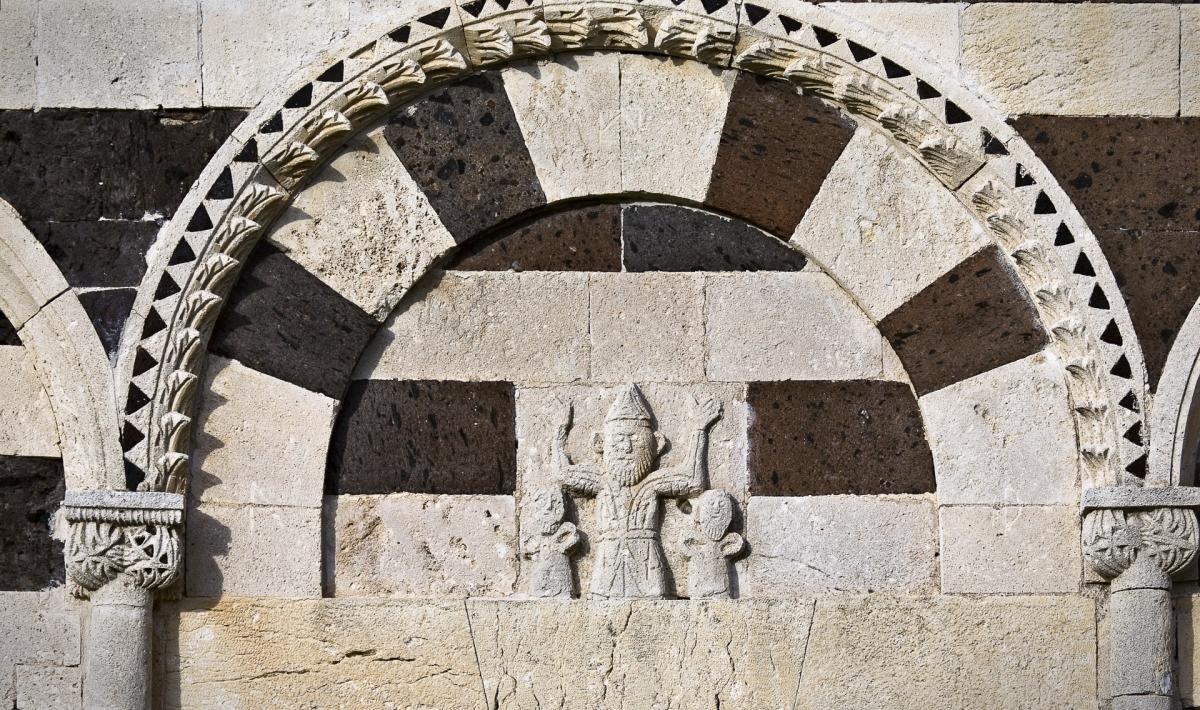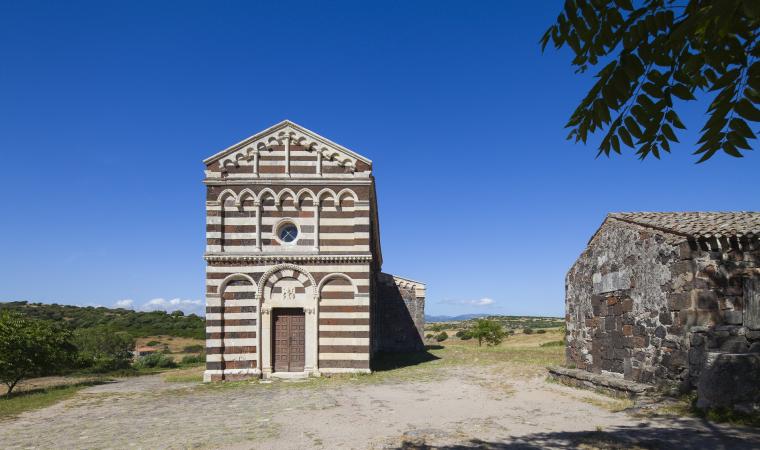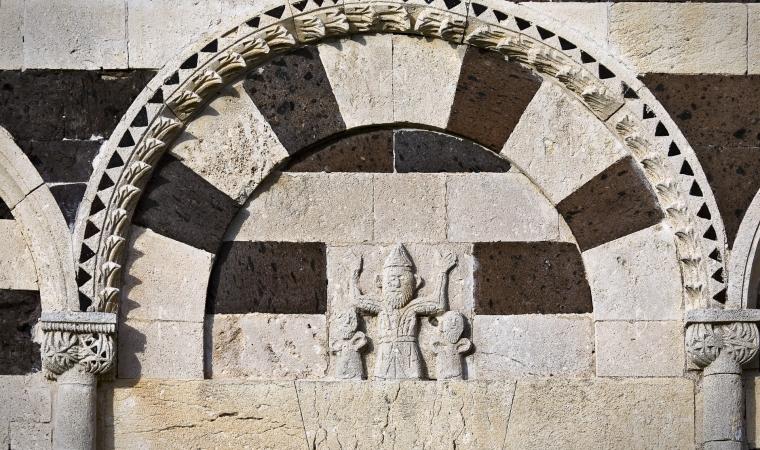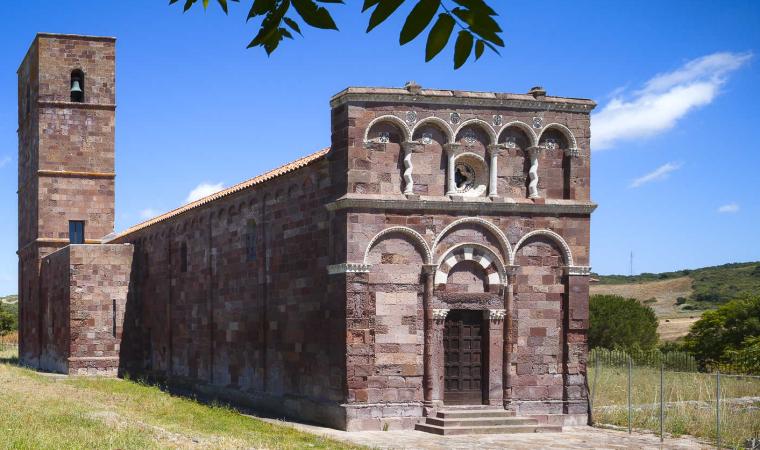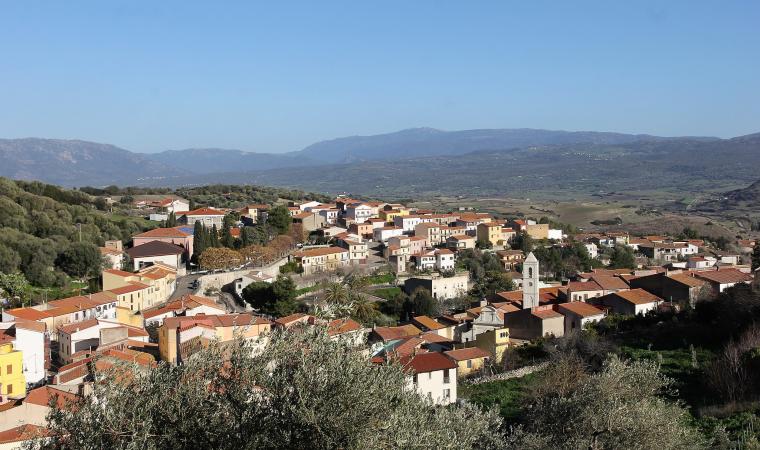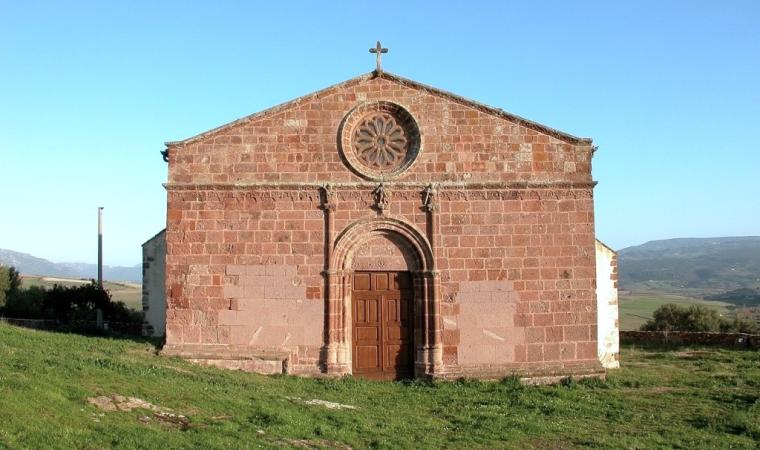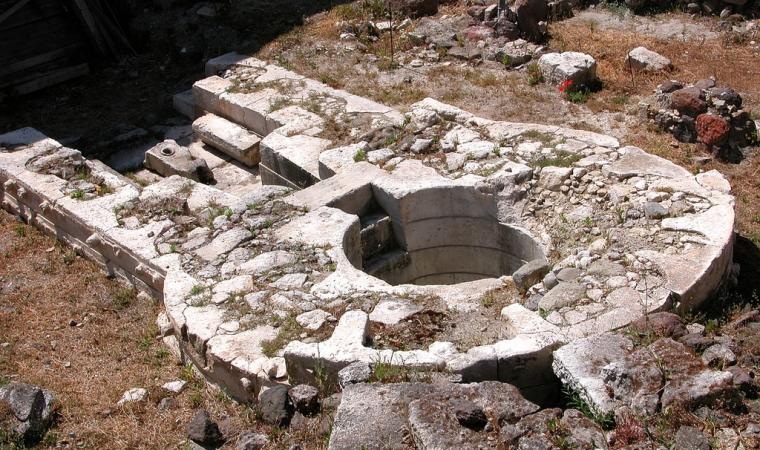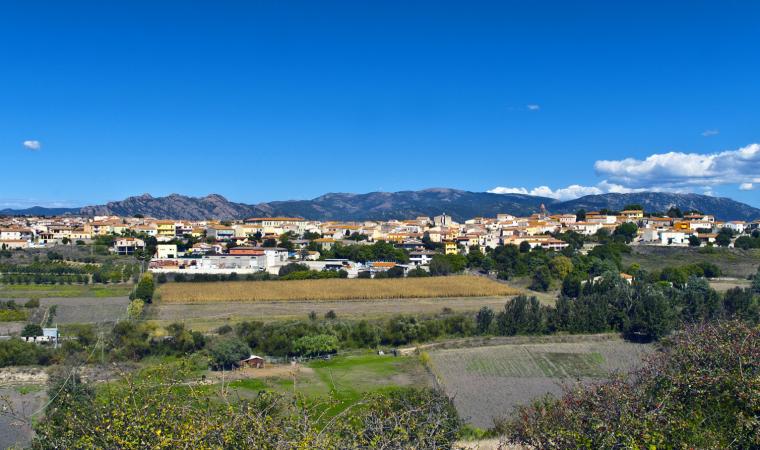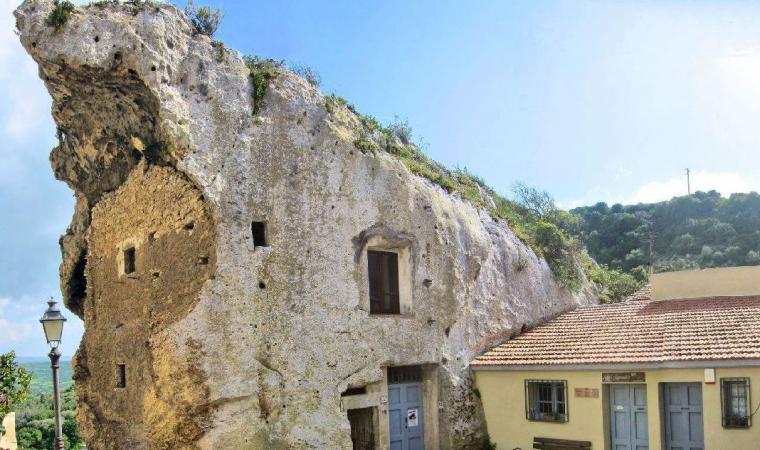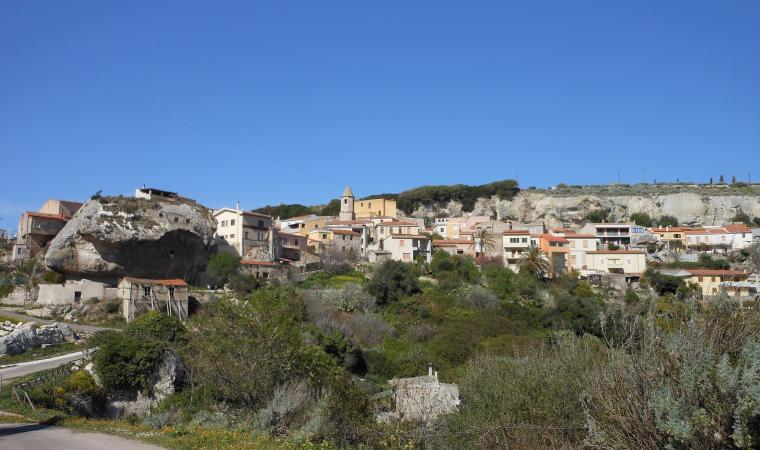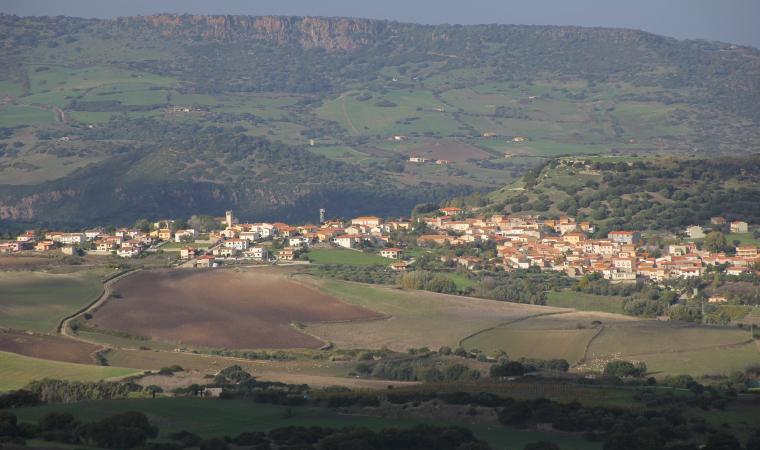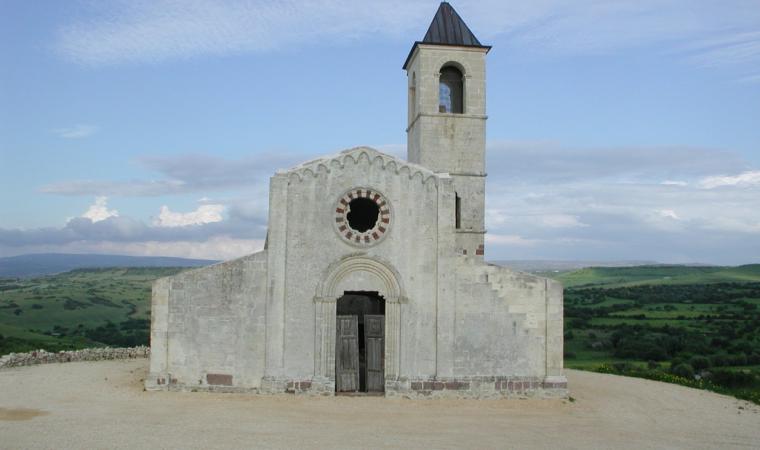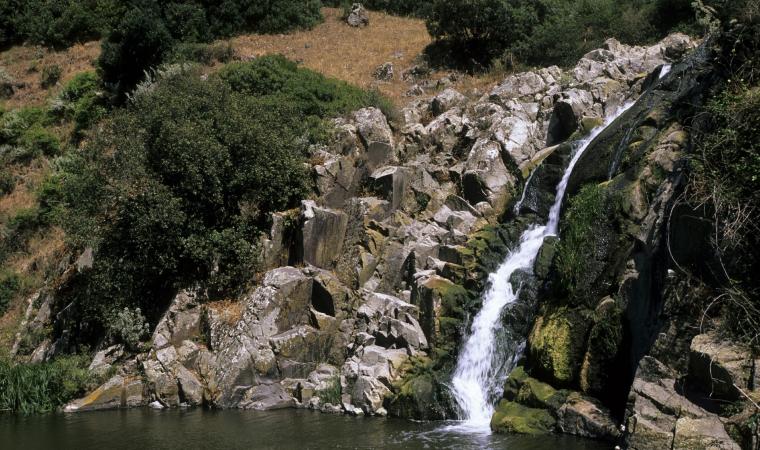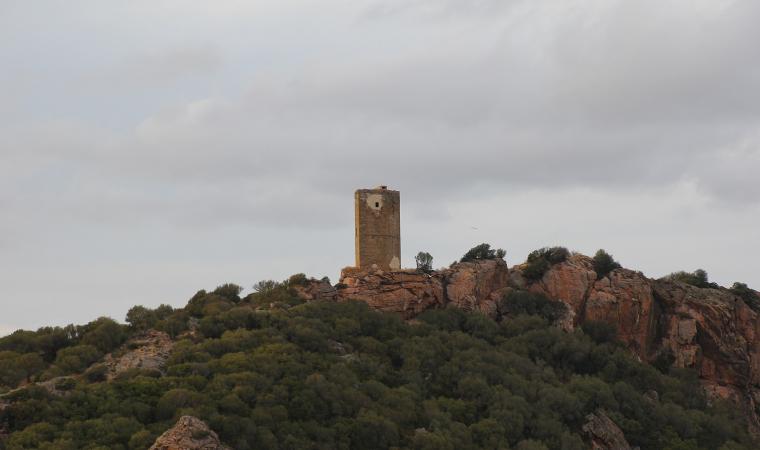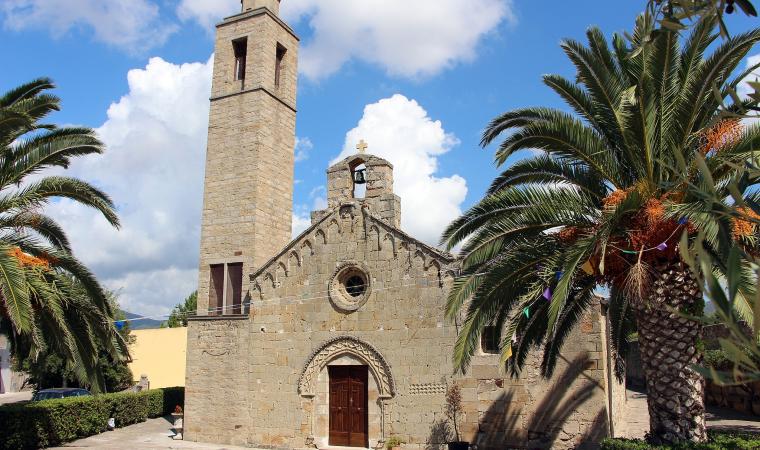“The calculation of the volumes, the mathematics of the lights and the astronomical orientation makes the liturgical room a perfect time machine". In the guidebook entitled ‘The Templars and Sardinia’, the church of San Pietro del Crocefisso is a sort of ‘medieval clock’. It marked a time that seems to be standing still today: it stands secluded in an unreal stillness and silence, on top of a hill in the Anglona area. This is the northernmost of eight hills, located one after the other, on which an equal number of abbeys and churches of the Cassinesi monks stand (or stood), among which the famous basilica of Santa Maria di Tergu.
San Pietro de Su Rughifissu in Bulzi dominates an evocative setting on the border between the Sassari and Gallura areas. It too was part of a monastic complex, of which some ruins still remain.

